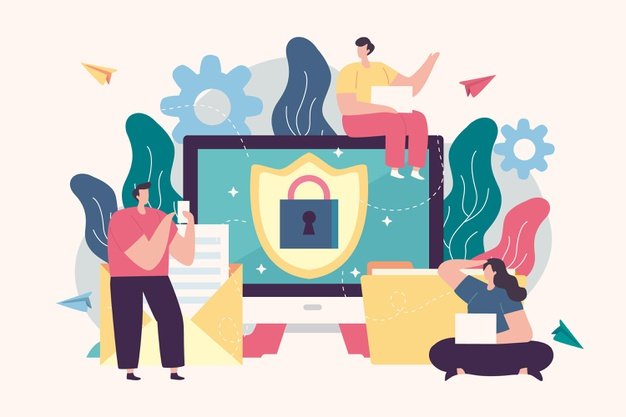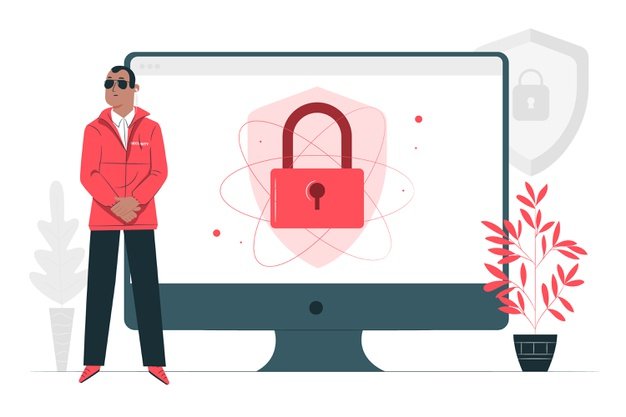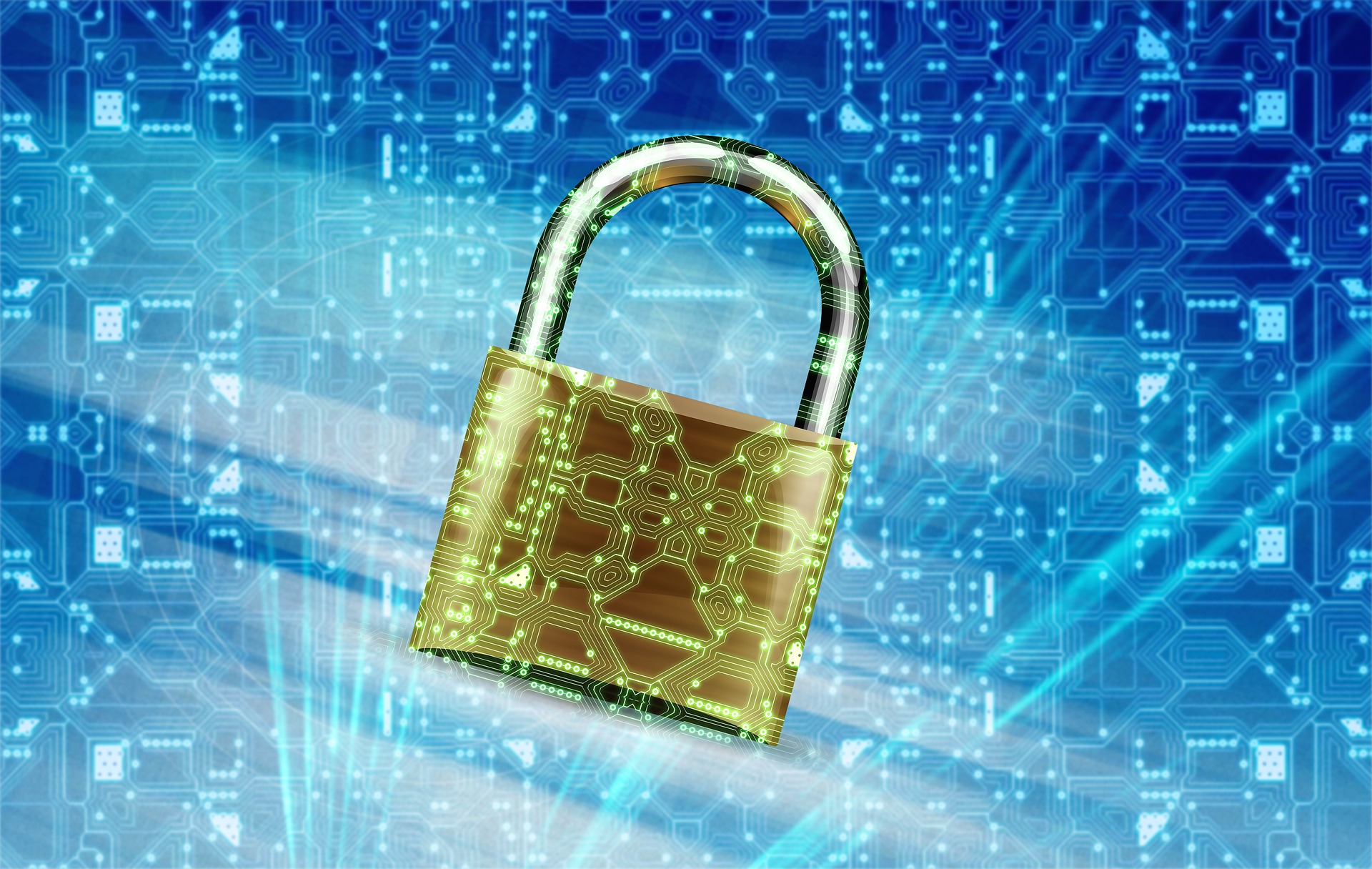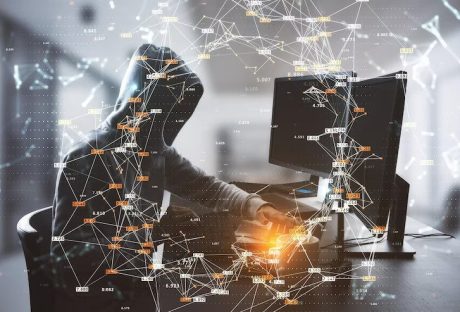Privacy is a serious matter of an individual, and it should be made secure by taking positive steps. Online technologies are susceptible to this matter, and the relevant department is taking steps to make protection of the privacy of an individual particular. This privacy protection is guaranteed for all persons with no difference between students, teachers, professionals, and non-professionals. The California state has also passed a legal paper for the privacy protection of the students, and it was approved in 2014. Some protection measures for the safety of student privacy by mypaperdone.com experts are mentioned as under; these can be obligated for getting good outcomes.
Contents
Companies have to delete record
According to the rules, companies are bounding to delete the record of students in case of getting requests from the relevant school or college. This scenario is also helping the learners, as they can feel protection about their records, and perform in the society with easiness. This act is also supportive of consumer privacy, as companies are linked with the obligation of the law and provide satisfaction about the privacy of consumers.
Teachers have to follow rules
Teachers are using data of students in their schools and colleges for keeping their educational records. This practice is the same for all students, and they like to present this data with surety of the institution that it will not be used for criminal matters. The students are also willing to keep this record safe in schools or colleges because it should be available for emergency cases in communal matters.
Students should learn the privacy policy

Every organization or institution, which is working with online tools, is offering a privacy policy on the web page. Every student, who is willing to register himself with an organization, should be apparent of the policy of the company because it is the first step to make protection of privacy curtain. The user is also registering himself with confirming the policy, which is a collection of specific terms. In this matter, students should be conscious and read the policy with all terms before getting confirmation.
Caring behavior inputting records
The students should be careful in using different web sources, as it is a way of protection from the use of restricted web channels. The students can adjust a personal privacy policy in their web browser, which is linked with the creation of self-protection steps to maintain the quality and safety of personal data. Meanwhile, the students should have conscious about the insertion of sensitive data on websites before confirming the status of the company or educational group. This practice is straightforward, but it has massive benefits in the production of favorable results. Students should observe the web certificates of the companies, as these are presented in browsers, this strategy is helping the user to decide about the status of the organization as it is usable or not legally. Consequently, the mentioned steps are helpful for the protection of the privacy of the students, and it is beneficial for all people in society.
Read Also:























